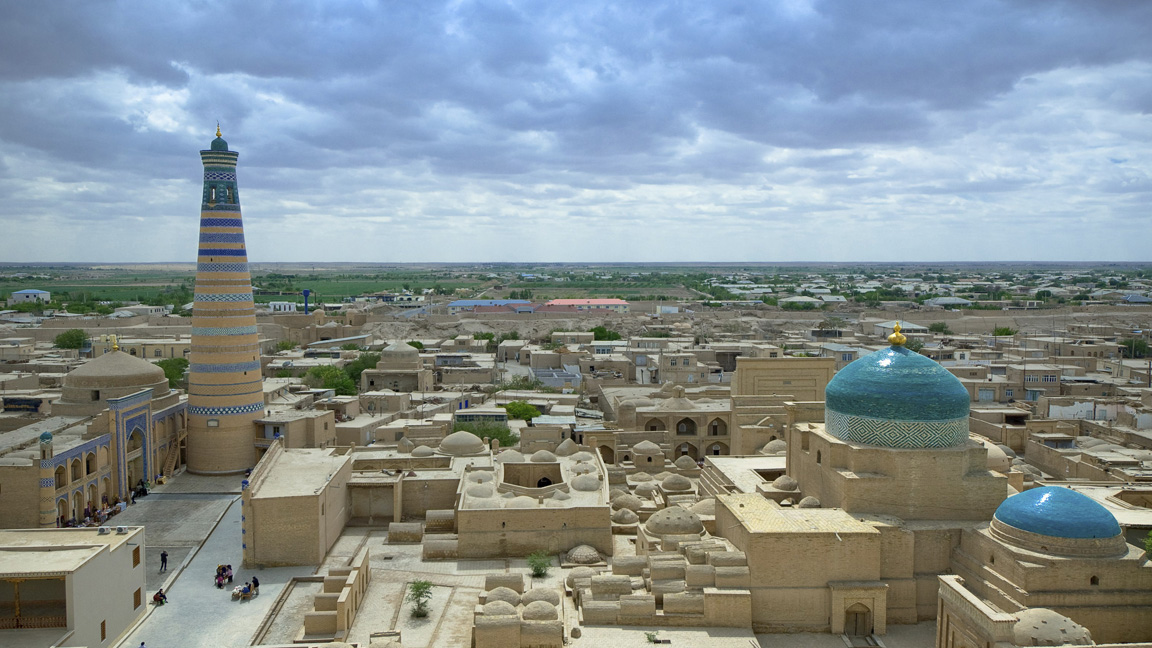


Khiva - open-air museum
Khiva is one of the most distant Central Asian cities along the old Silk Road, a fascinating desert city that has been preserved in its entirety since the Middle Ages. The Khiva oasis, which lies south of the Amu-Darja river, was the last stop of the caravans before crossing the desert to Persia.
Archaeological excavations prove that Khiva is 2,500 years old. All these facts explain why the UNESCO organization recognized Khiva with the city park and its inner part Ichan-Kala as a historical monument of world importance. In the 4th century, the city was the heart of Khorezm, whose prosperity was known for the application of its legendary, efficient hydraulic engineering and capable of transforming the region's “black sands” into lush pastures, gardens and orchards. It was first conquered by the Arabs in 712, later by the Mongols in 1221, and then in 1379 it fell into the hands of Amir Timur (Tamerlane). It would remain so under the control of the Timurids until the city was finally conquered by the Uzbeks in 1512. It became the capital of the new state and, in 1643, an independent khanate. Even after 1873, after the Russian invasion and during the 19th century, Khiva was independent and not a Russian protectorate either. Khiva with the inner city wall or "Ichan Kala" is described as an open-air museum to this day. It consists of a labyrinth of narrow medieval streets with Koran schools, mosques and is lined with a multitude of caravanserais and palaces.